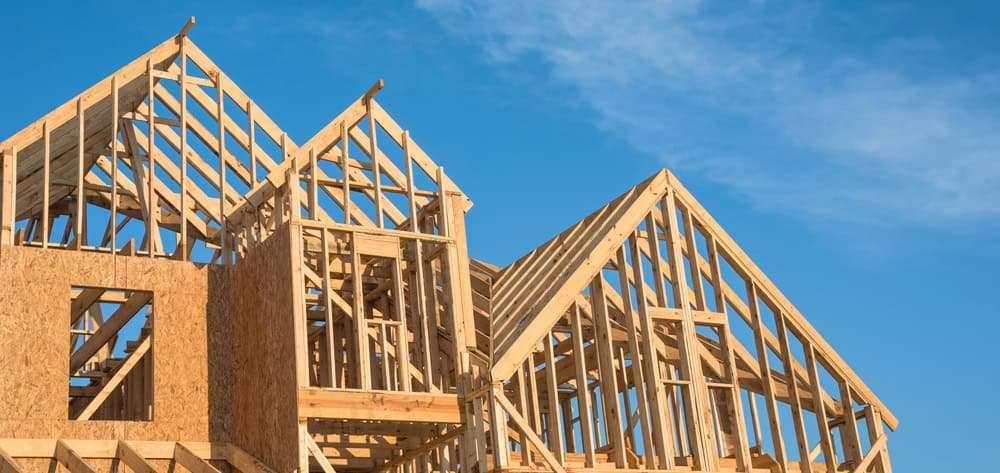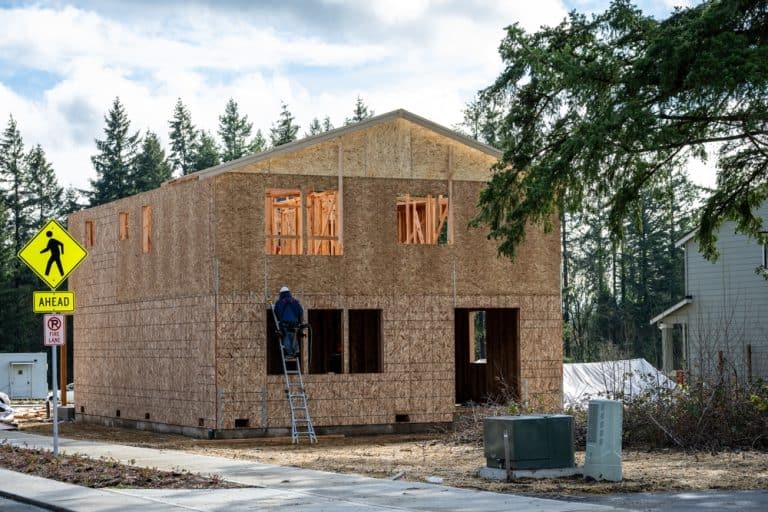Building Orientation: Maximizing Energy Efficiency

Building orientation involves positioning a building to maximize aspects like street appeal, scenic views, and drainage. With rising energy costs, orienting buildings to capitalize on solar energy is increasingly important for both builders and homeowners.
Facts and Figures
- Historical Methods: Older homes used heliodons (moveable light sources mimicking the sun’s path) to determine orientation.
- Modern Techniques: Computer models now calculate solar gain and thermal performance with precision, using 3D graphics.
- Rotating Homes: Some homes are designed to spin 360 degrees to follow the sun’s path for maximum solar efficiency.
- Ancient Practice: Orienting homes to the sun is an ancient practice, seen in Neolithic houses and Pueblo ruins.

The Sun's True Position

- Equinoxes: The sun rises and sets directly east and west only on the autumnal and vernal equinoxes.
- Seasonal Variations: Due to Earth’s tilt, the sun rises and sets slightly south of east and west in winter and north of east and west in summer.
- Hemispheric Differences: These directions are reversed in the Southern Hemisphere.
How the Sun’s Variations in Position Can Affect Building Design
- Heat Gain: The sun’s position is a major factor in heat gain, making accurate orientation essential for passive solar construction.
- East-West Ridgeline: A rectangular house should have an east-west ridgeline to maximize the southern side’s length and window exposure.
- Window Placement: Fewer windows should be on the north side to avoid intense summer sun.
- Roof Overhangs: Deep roof overhangs and shade trees can shade north-side windows.
- Energy Savings: Homes oriented towards the sun can save 10-40% on heating costs.
- True North vs. Magnetic North: Directions should be based on the sun’s position, not magnetic north. Adjust compass readings using location-specific magnetic variation maps.

Building Tips for New Construction

- Orient the Floor Plan:
- Place frequently used rooms (kitchen, living room) on the southern side.
- Build patios and decks on the south side for extended use.
- Position the garage, laundry room, and less-used areas on the northern side as buffers.
- Beware of Mountains:
- Construct passive solar homes on south-facing mountain slopes to avoid shading.
- Mid-slope is ideal to avoid strong winds and cold air drainage.
- Plan for Tree Shade:
- Use deciduous trees on the south side for winter sunlight and evergreen trees on the north side for summer shade.
- Consider tree age, species, and growth rate before construction.
- Install the Right Number of Windows:
- Aim for glazing equal to 5% of the conditioned square footage.
- Balance window quantity with heat transfer considerations.
- Use window gas fills and films for insulation.
- Adjust East-West Orientation:
- The ridgeline can be adjusted up to 20 degrees to accommodate other factors.
Summary: Orienting a Home Towards the Path of the Sun

Orienting homes to the path of the Sun requires less energy for heating and cooling, resulting in lower energy bills and increased indoor comfort. Homeowners who are considering new builds should consult an InterNACHI inspector who can meet with them and their builder to discuss ways to maximize low-cost and no-cost energy strategies.